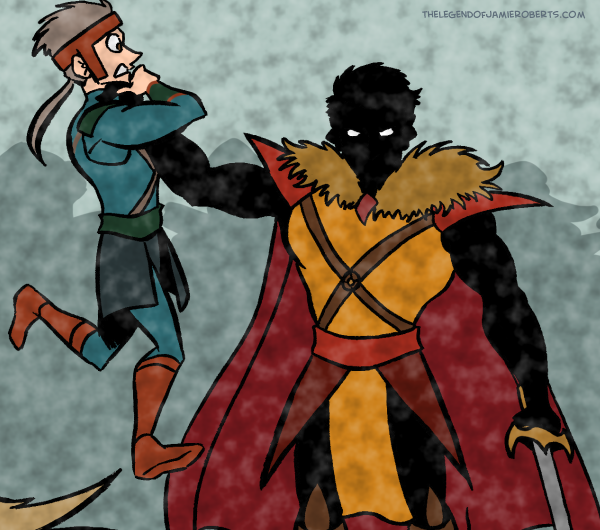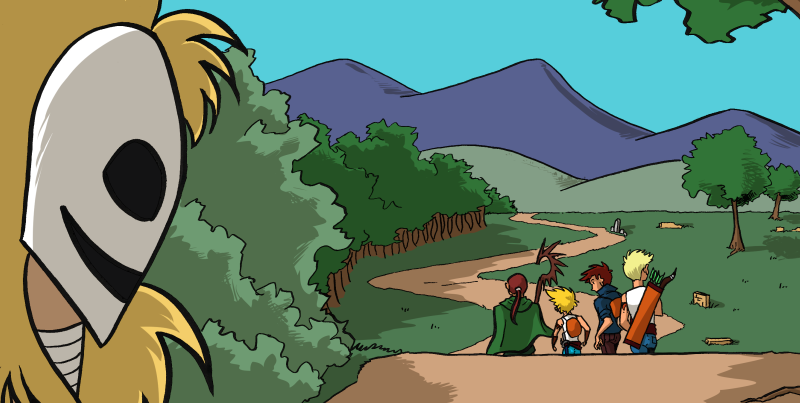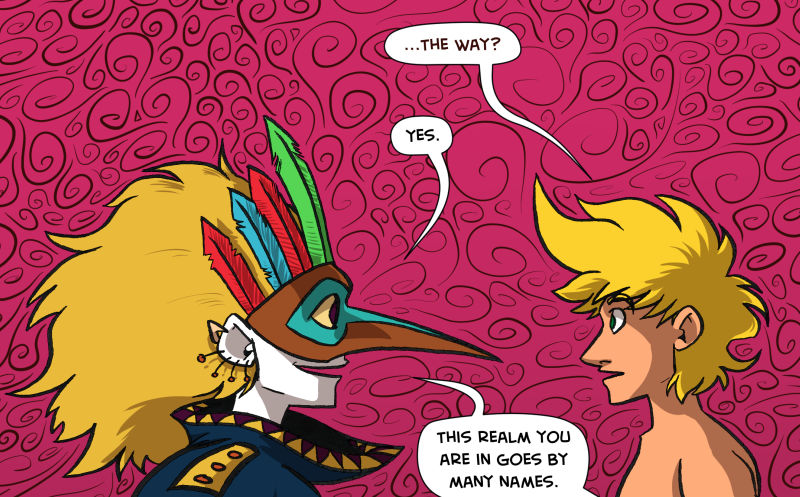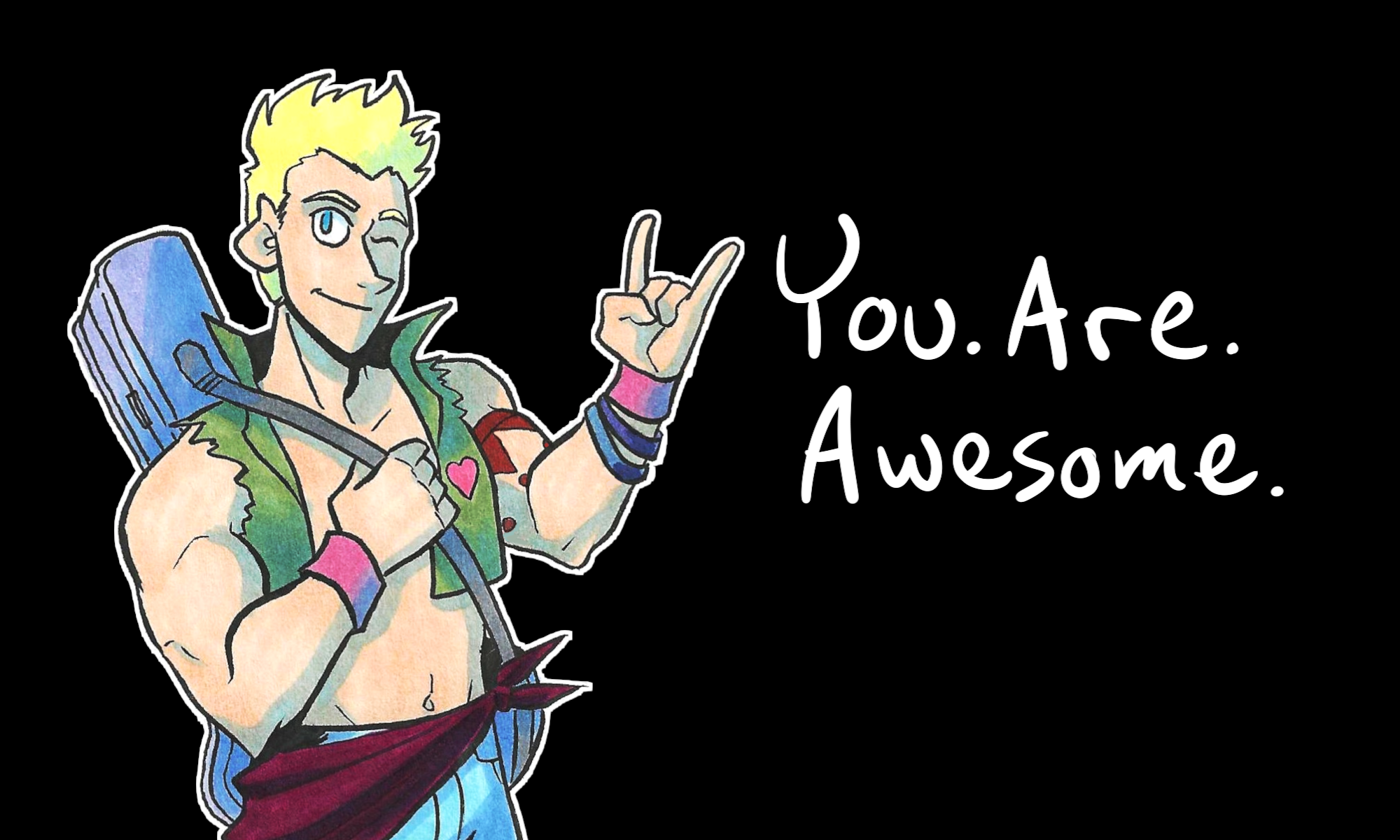
The other day, I got on Twitter, because I’m back on that platform for the fun of it. (Follow me for RPG content and hot takes). While scrolling, I spotted a Critical Role fanart piece. For folks not in the know, Critical Role is a show where nerdy voice actors sit around and play Dungeons & Dragons. In the fanart, The Dungeon Master sits at a table with miniatures scattered across it. The miniatures, of course, are the players’ characters.
One of the responses to this fanart said, “Hey! This is so good! Shout this out to Crit Role so they can use this into their intro sequence instead of using colonialism!”
Did that make you scratch your head? Here’s the missing piece:
Critical Role’s intro reel shows the cast in explorer costumes, poking around fantasy ruins. This is a callback to fiction like Edgar Rice Burroughs (Tarzan) and H. Rider Haggard (King Solomon’s Mines). You know…fiction where rich white explorers poke around “lost continents” (read: Africa and India) to search for treasure.
Burroughs and Haggard wrote in a time when this narrative was seen as “romantic” and “adventurous.” Nowadays, this isn’t as good – it’s seen as exploitative of the native people. (Because it is).

Thing is, this Twitter commenter got me thinking about my own comic, The Legend of Jamie Roberts. It’s about a genderqueer pirate and their two best friends treasure-hunting in a land full of dragons. This is true – but it also leaves out the Indigenous people I have in the story. Put a pin in that for a second.
One of the works that inspired this comic is the Dreamworks movie The Road to El Dorado. It’s no joke that this movie is a foundational piece of who I am as a person. A LOT of my humor and sensibilities stem from this movie. (And The Emperor’s New Groove, but that’s for a different time).
Here’s a secret about The Road to El Dorado, though…
When the movie came out, the ads declared that this movie would have a “respectful presentation” of Central American history. Why? Because the art and animation teams went on location to do research. So imagine the backlash the movie got when people watched it and said, “ah shit, of COURSE the Indigenous people think the two white guys are gods.”
Now, Breadsword on YouTube already did a fantastic video on the history behind The Road to El Dorado. So watch that for more context. But the reality is: The Road to El Dorado is a callback NOT to Indigenous Central Americans. It’s a callback to Bob Hope and Bing Crosby comedies. The Road to El Dorado’s twist was that not everyone believed the two protagonists were gods. But the doubters kept up the charade for the sake of the people.
When I rewatched this movie for roughly the 187th time, I thought, “What if white people came to a new land… and actually INTEGRATED instead of raiding?”

That’s how I started writing The Legend of Jamie Roberts. At least…one of the previous drafts.
Now, The Legend of Jamie Roberts DOES have three white people plotting to rob Indigenous people. I’m not going to sugarcoat that. They’re pirates, after all. So what’s my twist?
Well, in Chapter 6, Jamie Roberts is going to do something that has lasting consequences. And they destroy something. And for the rest of the story, they have to deal with the consequences of their actions… and the reactions of the Indigenous people.
In Chapters 7 and 8, the story is going to shift from “I’m seeking treasure” to “I’m seeking redemption.”
That’s right – I’m going to subvert the White Explorer narrative.
The trajectory of “I’m seeking redemption” has been at the core of the story since the start. It took several drafts and many years of writing to figure out WHY. But I’m confident in this final draft of the story.
I hope you stick with me. Because The Legend of Jamie Roberts is about to get REALLY juicy.
That’s all for now. Thank you for reading.
You. Are. Awesome.
